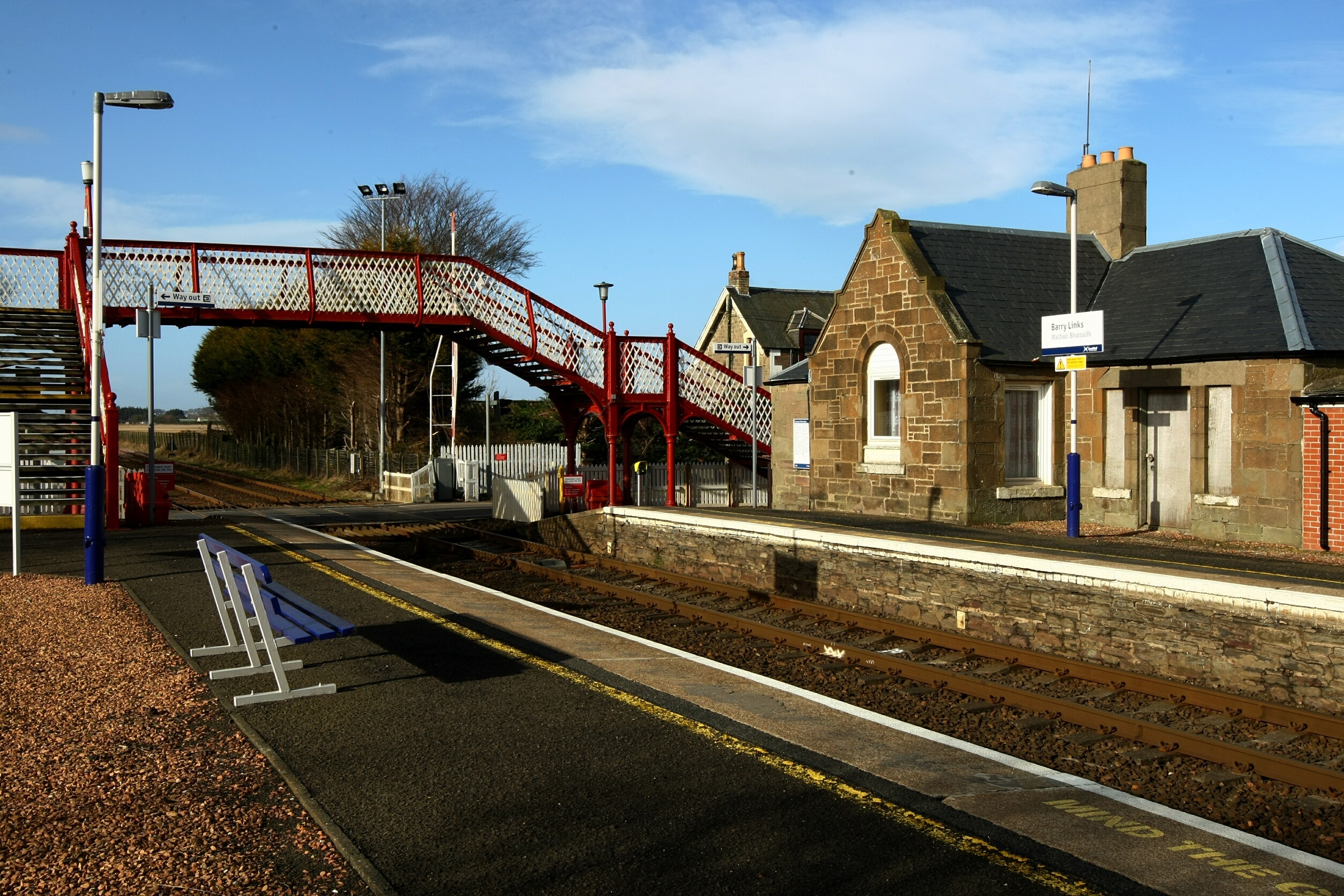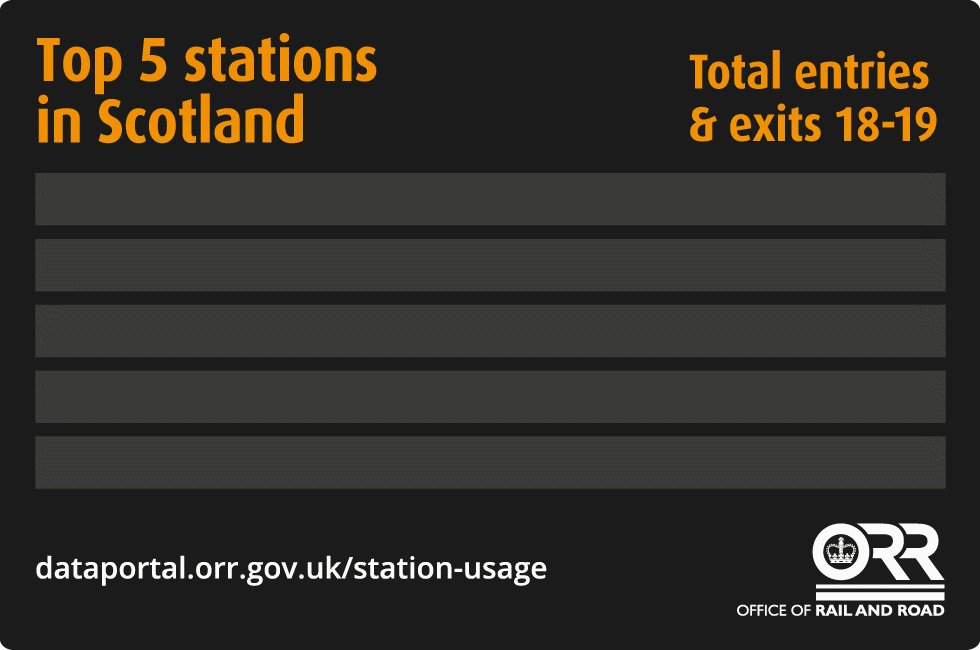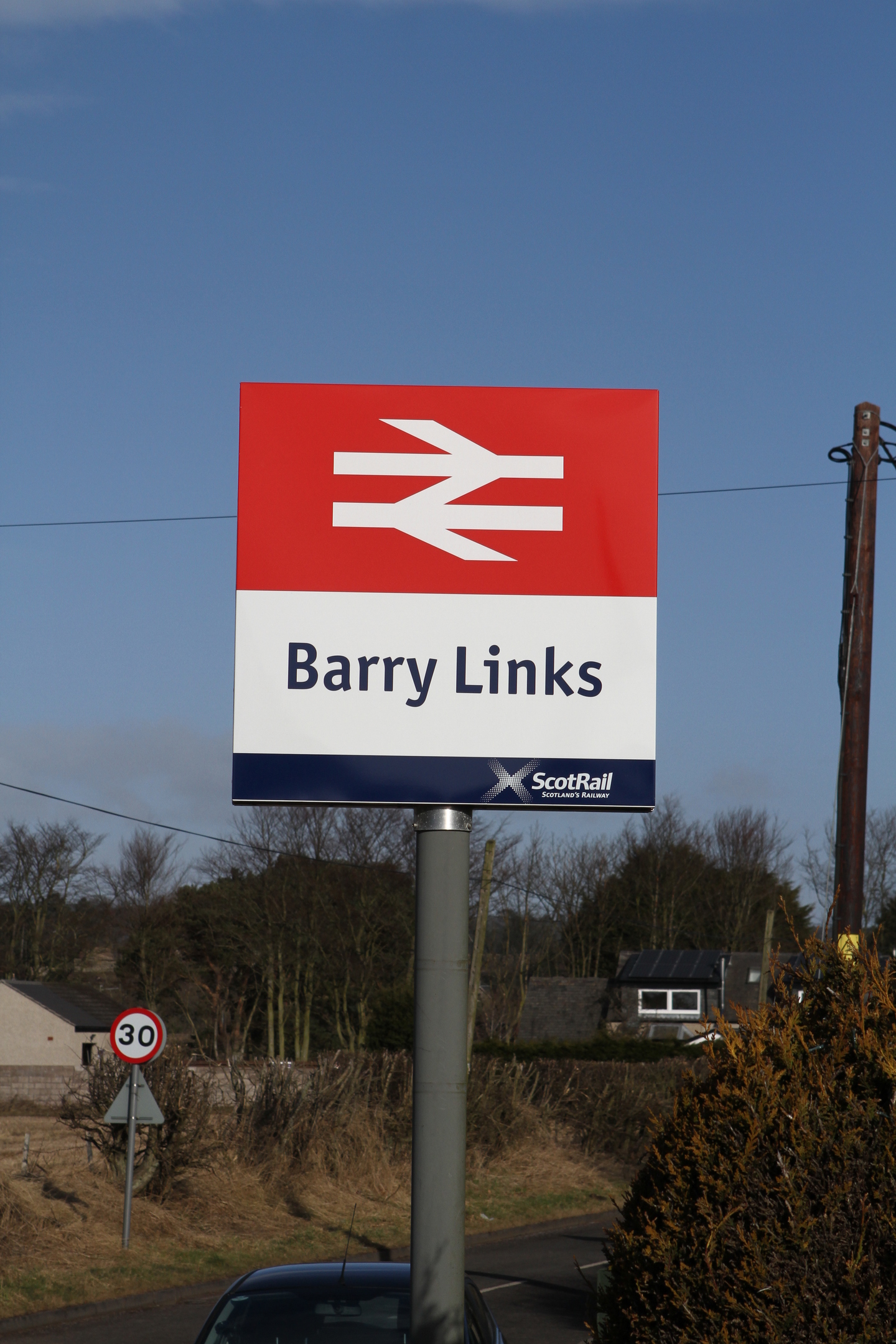
An Angus station has been named in the top five least used stations in the UK.
New passenger estimates released by the Office of Road and Rail show Barry Links in Carnoustie as having just 122 entries and exits between April 1 2018 and March 31 2019.
It comes in fourth, after three stations in England that have fewer than 100 entries and exits.
Barry Links was the UK’s least used station in 2016-17 but has seen passenger numbers rise in recent years. The 2018 Open was also held at nearby Carnoustie Golf Links.
Scotland’s second-least used station is Kildonan, a request stop in the Highlands, followed by Lochluichart, Scotscalder and Culrain.
Glasgow Central retained its position as Scotland’s most used station, with 32.8 million passengers. It is the UK’s 11th busiest station.
Second in Scotland was Edinburgh Waverley with 23.9 million, followed by Queen Street at 17.2 million, Paisley Gilmour Street at 4 million and Haymarket just over 3 million.

The joint least used stations across the whole of the UK are both in north-west England.
Greater Manchester’s Denton and Cheshire’s Stanlow and Thornton were both used by just 46 passengers in the year to March 31 2019, the Office and Rail and Road (ORR) said.
Reddish South, also in Greater Manchester, was the only other station in the country to record just double-digit annual usage, at 60 passengers.
London Waterloo was confirmed as Britain’s busiest station for the 16th consecutive year, with some 94.2 million passengers used the station in 2018/19.
Birmingham New Street was the only station outside London ranked in the top 10 busiest, overtaking Euston to take fifth place with 47.9 million entries and exits.
The busiest station in Wales was Cardiff Central with 14.2 million entries and exits.
The estimates are largely based on ticket sales, as the UK does not have a fully ticket gated network to record exact figures.
Last year’s least used station – North Yorkshire’s British Steel Redcar – saw its annual number of entries and exits increase from 40 to 360.
The ORR said the rise for the Redcar station may be due to it attracting visitors keen to see the least used station in the 2017/18 rankings.
The full data and methodology can be found here.

Enjoy the convenience of having The Sunday Post delivered as a digital ePaper straight to your smartphone, tablet or computer.
Subscribe for only £5.49 a month and enjoy all the benefits of the printed paper as a digital replica.
Subscribe